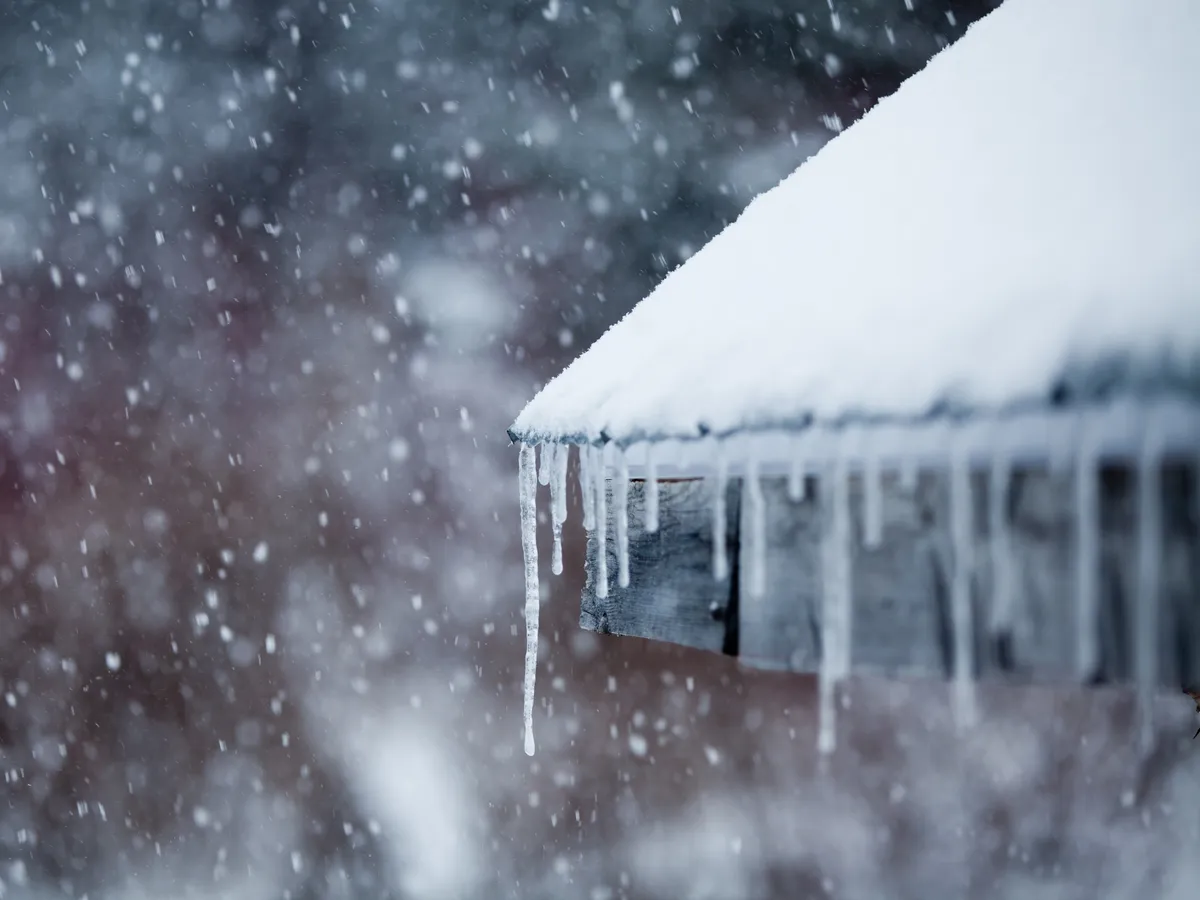

 Real Estate
Real Estate
1. Insulate exposed pipes to prevent them from freezing. These pipes are often found in crawl spaces, exterior walls, attics and garages.
2. Make sure your attic is properly ventilated and insulated. This can prevent ice dams and costly water damage.
3. Test your heating system early to make sure it works before it gets too cold.
4. Replace your air filters and make sure vents are clean and clear.
5. Insulate your water heater to help it work more efficiently in cold weather.
6. Test your smoke and carbon monoxide detectors. Heating, candles, holiday décor and storms can increase the risk of house fires and dangerous CO levels during the winter.
7. Make sure your doors and windows seal correctly. In some cases, you’ll need to seal exterior gaps with caulk. In other cases, you may want to invest in more energy-efficient windows.
1. Check the roof for loose, damaged or missing shingles. Make repairs before the winter storms hit to prevent more serious damage to your roof and your home.
2. Clear out all the gutters to make sure water drains properly. This can prevent expensive water damage inside and outside your house.
3. Shut down your sprinkler system and blow out the line. (You may want to hire a local professional for help.)
4. Disconnect and drain outdoor hoses and faucets to prevent freezing.
5. Repair cracks in driveways, walkways and stairs leading to your house. This makes your home safer and makes it easier to clear snow.
6. Put away or cover patio furniture, barbeque equipment, gardening tools, etc.
7. Stain or seal your deck so it is more resilient during winter storms.
8. Check the trees in your yard and make sure there are no weak branches that could damage your home (or someone else’s property) if they broke under a heavy snowfall or in a windy storm.
We wish you well this winter!





Blog articles are purely for educational purposes and provides generalized information of the topic(s) covered. These articles should not be considered as legal advice.
